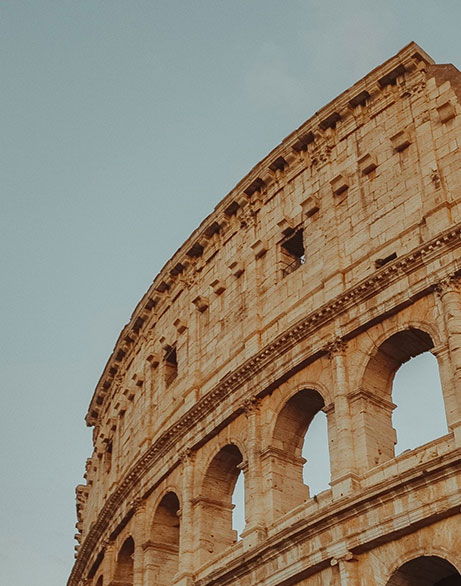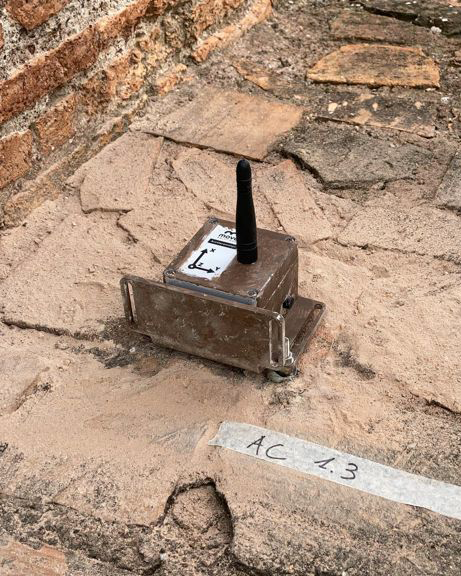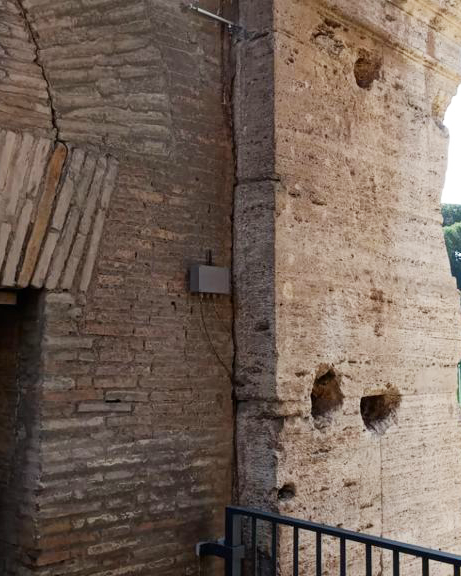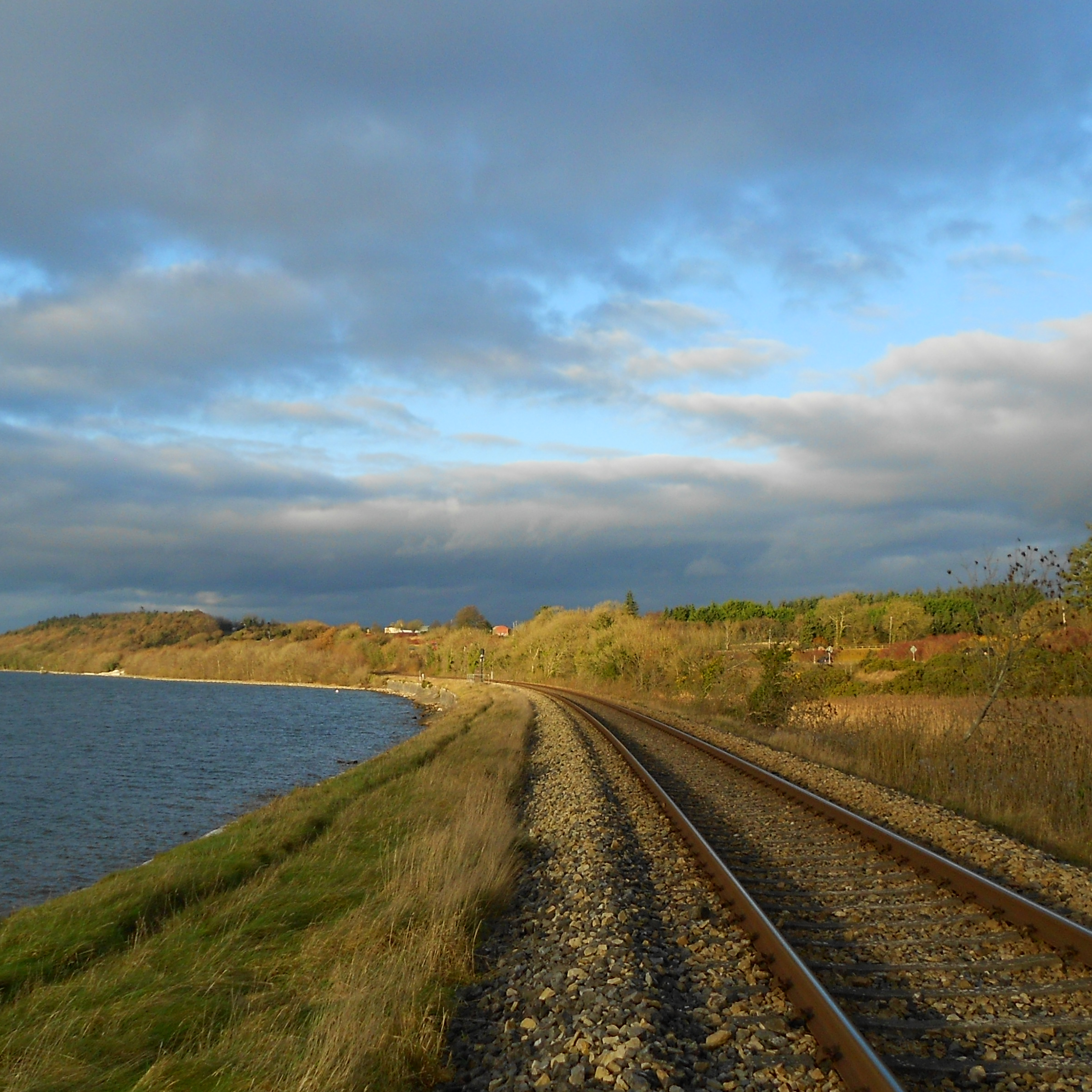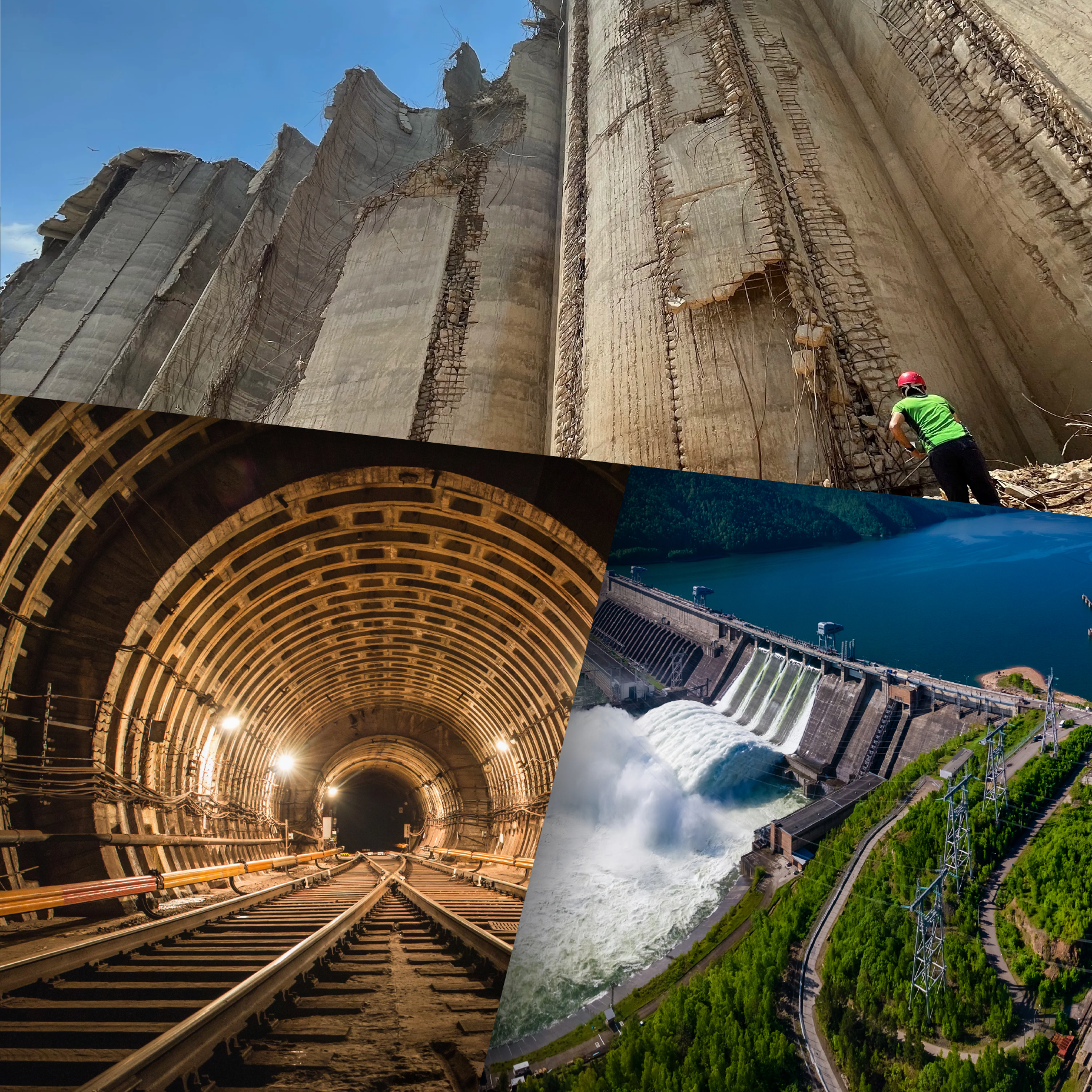The importance of preserving Historic Buildings
July 2022
We are dwarfs standing on the shoulders of giants, as Bernard of Chartres (a twelfth-century philosopher) is believed to have said.
He specifically referred to the knowledge that we hold as human beings, that is carried out through generations and that increases year after year and discovery after discovery.
We use our past to build our future and part of that past is preserved within our Historic Buildings. They tell the story of our cities, reminding us where we come from and helping us guide our future decisions.
London, Paris, Berlin, Rome, Lisbon, New York, Los Angeles… They can all be traced back several centuries, or even thousand years. That also applies to smaller cities and it is reflected in their Historic Buildings.
Preserving them is not only preserving the identity and the roots of people and of their communities, but it also has environmental and economic advantages.
Benefits of Historic Preservation
Communities
Preserving old buildings can be a way for us to feel connected to our past, creating a sense of community and belonging. Historic buildings remind us of the great and valuable things that our ancestors did, but also of the mistakes and horrors of the past: remembering can unify our goals towards a better future.
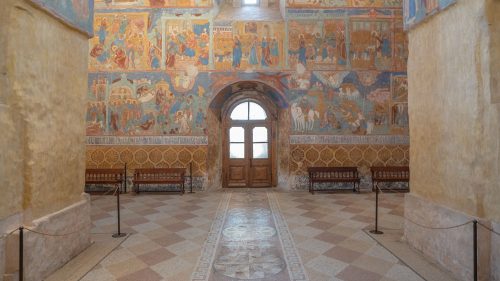
Environment
Historic preservation can involve restoring ancient structures or transforming old buildings into more modern facilities, while keeping their architectural value. That avoids toxins and pollutants of decaying structures from being released into the environment, as well as the ones that come from tearing down a building when rebuilding is preferred instead of renovation. Preserving old buildings is, in fact, recycling on a large scale because it allows for a more efficient use of the resources and for waste reduction.
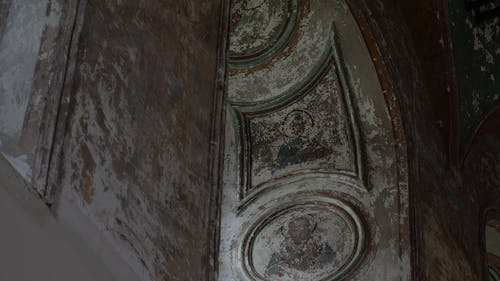
Economy
The rehabilitating of old buildings not only adds value to the area, but it can also attract investment as well as tourism if the structure is historically significant. Investments and tourism promote job opportunities and economic prosperity.
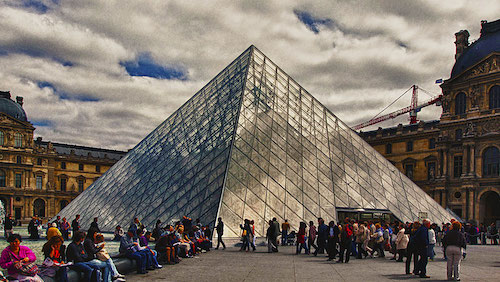
Smart Monitoring of Historic Structures (SMooHS)
The preservation of these structures presents different challenges: one of the main ones is the need to efficiently monitor their degradation without damaging them. That requires monitoring systems that are non-invasive, simple, continuous and able to operate in real-world conditions.
Smart Monitoring of Historic Structures involves the use of innovative technology that provides:
- small, wireless, cost-effective and plug-and-play sensors;
- minimally invasive and NDT installation (interchangeability, aesthetically appealing…);
- simple application (installation, data interpretation, calibration capability);
- continuous monitoring for detailed structural data that can be used to plan a more effective maintenance;
- user-friendly and smart-data processing platform which sends real-time alert about threats;
- possibility to use different types of sensors (multi-sensor platform);
- remote monitoring thanks to data accessible from any computer;
- very low-power consumption with optimized hard- and software functionality;
- overall substantial cost reduction and increased safety.
With many projects all over the world, such as the monitoring of the Colosseum in Rome, Move Solutions is a leading provider of Smart Monitoring of Historic Structures.




